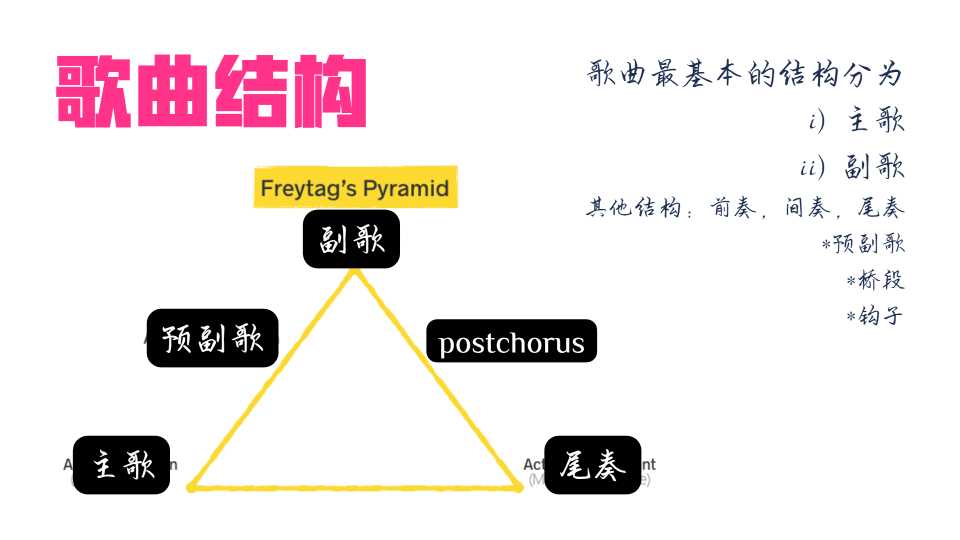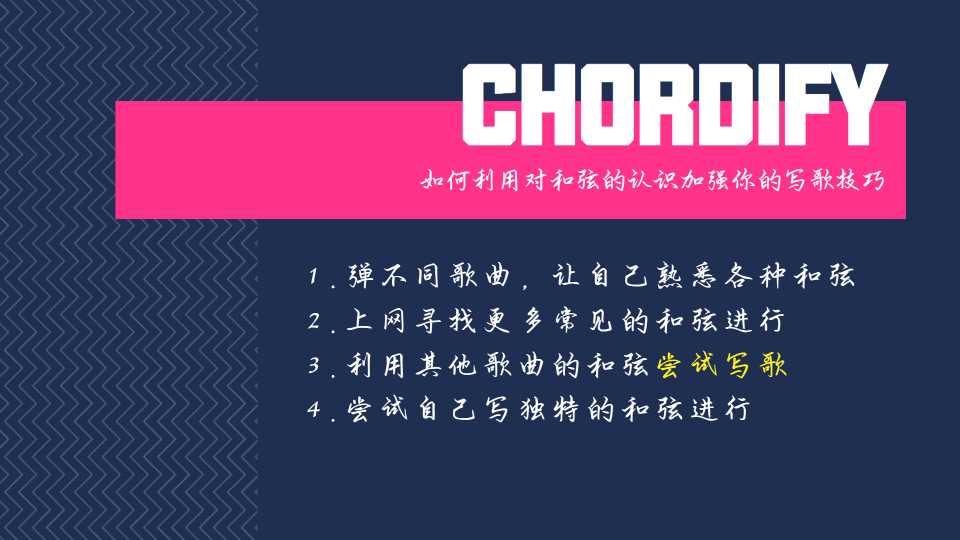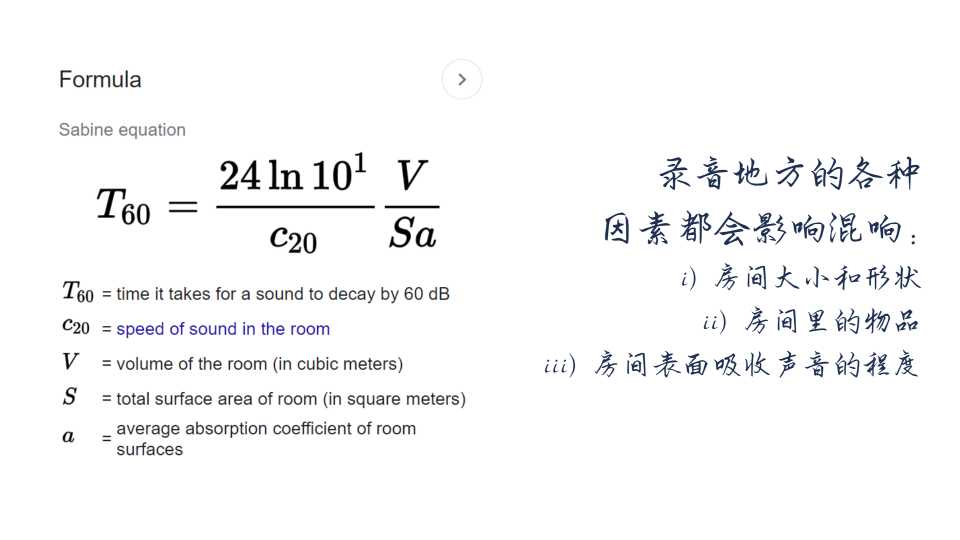Reported by:
Sofea Chang Hui Zhou Sr1ComB
On the 23rd of June and 6th of July 2022, Kuen Cheng High School’s Music Composing Society held a two-week long training course to provide additional insight to its club members on the dos and don’ts of songwriting. The course was divided into 5 parts, namely song structure, lyric-writing, songwriting, editing and singing.
The training course was provided by the Club Committee, who opened the training course by teaching about the basic structure of a modern pop song. The verse-chorus structure was most common in pop music, but there are many other structures present in songs such as the pre-chorus, bridge, hook and interlude, all used to provide more flavour to songs.

Photo 1: Song Structure
The Committee Members also provided examples of pop songs to demonstrate how different song structures could be used. This led to them explaining about the importance of creating climaxes in songs, and they provided suggestions on how to create such climaxes. For example, a songwriter could use heavier backtrack vocals to create a larger climax.
Then came the lyric-writing part of the training course, where the Committee Members talked about the basic requirements of song lyrics. They also explained how lyrics could change based on different parts of a song and their function. The verse, for example, sets up the chorus of a song, and usually has lyrics with higher specificity, while the chorus is the climax of a song, and usually has more general lyrics. Olivia Rodrigo’s “driver’s license” was used as an example of how lyrics change from the verse, to the chorus and to the bridge.

Photo 2: Lyrics in the Chorus
Next was the songwriting segment, which was separated into 2 parts, 1 part for each week, for ease of listening. In part one of the songwriting segment, the Committee Members gave an introduction to chord progressions, by explaining what they were, and providing examples of two very commonly seen chord progressions. One was the 1-5-6-4 progression, commonly referred to as “the most popular chord progression”, used most in Western pop music; the other was the “royal road progression”, a progression commonly seen in Japanese pop music.
In part two of the songwriting segment, the Committee Members introduced some special chords that could be used to jazz up songs. They also gave 2 more examples of chord progressions, one being the famous 2-5-1 jazz chord progression, and the other one being a unique 1-7 progression that can be found in certain Western pop songs.

Photo 3: Songwriting Tips
In week two of the training course, the Committee Members began the editing segment, in which they explained the meanings of some common words seen in editing softwares, such as “reverb”, “compressor”,“amplifier”, “pitch” and “tempo”. They went on to demonstrate how these could be tweaked or used in editing softwares such as Bandlab and Audacity. The Committee Members also shared about layering in music, and talked about how knowledge of music layers could be used to write songs.

Photo 4: Explanation about Reverb
Last but not least, it was the singing segment, where the Committee Members shared that voices of different timbres were suitable for singing different genres of music. They shared examples of how singers could change how breathy their singing was, in order to achieve different effects in songs. Reducing the air in your voice, for example, could be used when trying to reach a larger climax. The Committee Members also talked about the use of portamento and ad-libs in singing, and how these techniques could be used to make their singing sound more lively and interesting.

Photo 5: Explanation about Timbre
